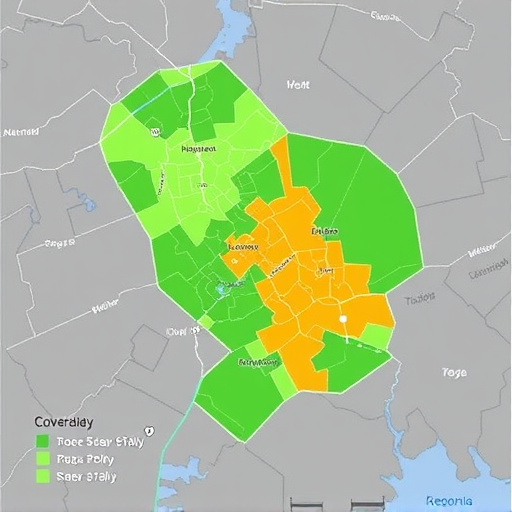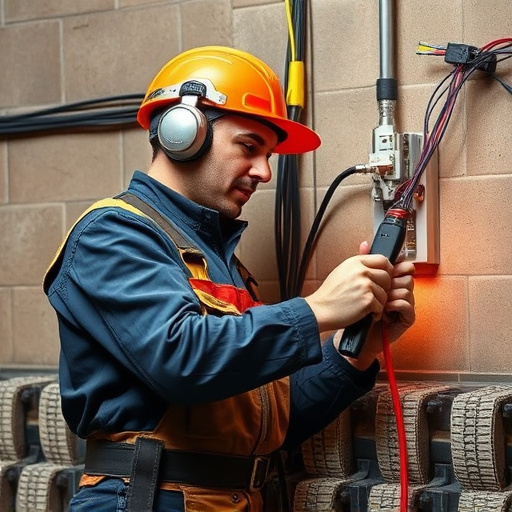Corner carving, or weight transfer dynamics, is vital for high-performance driving in sports cars, impacting handling and grip on both road and track. Cold air intake (CAI) systems are a game-changer for track-focused sports cars, optimizing fuel mixing and ignition for increased horsepower, torque, and throttle response. Achieving ideal weight distribution, often enhanced by CAI systems, shifts the center of gravity backward for better rear-wheel drive stability at high speeds and improved cornering capabilities, enabling tighter turns and more control during track sessions.
In the world of high-performance sports cars, corner carving is an art form—a precise dance between speed and control. Understanding weight distribution is crucial for navigating corners swiftly and safely, making it a key focus for tracks day enthusiasts. This article delves into the intricate balance of power through corner carving weight distribution, optimized by strategies like integrating cold air intake systems. By exploring these techniques, sports car owners can enhance both performance and efficiency on the track.
- Understanding Corner Carving: The Art of Weight Distribution in Sports Cars
- Cold Air Intake Systems: Enhancing Performance and Efficiency on the Track
- Optimizing Your Sports Car for Track Days: A Comprehensive Guide to Weight Distribution
Understanding Corner Carving: The Art of Weight Distribution in Sports Cars

Corner carving, also known as cornering dynamics or weight transfer, is a critical aspect of high-performance driving, especially in sports cars. This intricate process involves managing the distribution of an automobile’s weight during turns, significantly impacting handling and grip on both road and track. In the context of a sports car with a cold air intake system designed for optimal performance, understanding corner carving becomes paramount.
The art lies in ensuring that as the vehicle navigates twists and turns, the weight shifts strategically to maintain or increase traction. On tracks, precise weight distribution enables drivers to take corners faster by allowing for better braking, acceleration, and overall control. This is where the cold air intake system plays a supporting role, providing enhanced engine cooling and intake airflow, which can directly influence the car’s stability during these dynamic maneuvers.
Cold Air Intake Systems: Enhancing Performance and Efficiency on the Track

In the realm of performance tuning, especially for sports cars, one often overlooked yet significant component is the cold air intake system (CAI). This relatively simple upgrade plays a pivotal role in enhancing both engine performance and overall efficiency on the track. By redirecting a cooler, denser current of air directly into the engine’s combustion chamber, CAIs optimize fuel mixing and ignition, leading to increased horsepower and torque. This direct injection of cold air is particularly beneficial for high-revving engines, where even slight temperature variations can significantly impact performance.
On racing tracks, where every second counts, a well-designed CAI can make a substantial difference. The system’s ability to draw in cooler air from outside the vehicle helps maintain lower intake temperatures, resulting in improved throttle response and sustained power output throughout the rev range. This advantage is particularly notable for sports cars with turbocharged or supercharged engines, where efficient air flow management is crucial for maximizing engine potential without compromising reliability.
Optimizing Your Sports Car for Track Days: A Comprehensive Guide to Weight Distribution

When preparing your sports car for track days, achieving optimal weight distribution is key to enhancing performance and handling. This involves a strategic approach to balancing the car’s weight across its axis, ensuring each wheel has equal support. One effective method is to consider upgrading your cold air intake system. By modifying the intake to direct more air to the rear of the vehicle, you can shift the center of gravity backward, improving rear-wheel drive and stability at high speeds.
Additionally, distributing weight efficiently allows for better cornering capabilities. This means tighter turns and increased control during track sessions. For sports car owners, optimizing weight distribution is a fine art that combines mechanical enhancements with precise tuning. It’s a game-changer for those seeking to maximize their vehicle’s potential on the track, ensuring every drive is both thrilling and safe.
Corner carving, or optimizing weight distribution, is a key factor in enhancing performance and handling for any sports car, especially on the track. By understanding the art of balancing weight, drivers can take full advantage of their vehicle’s potential during track days. This includes incorporating essential upgrades like cold air intake systems, which not only improve efficiency but also contribute to a more responsive and agile driving experience. Optimizing your sports car for the track is a comprehensive process, ensuring every component works in harmony to deliver unparalleled performance.














